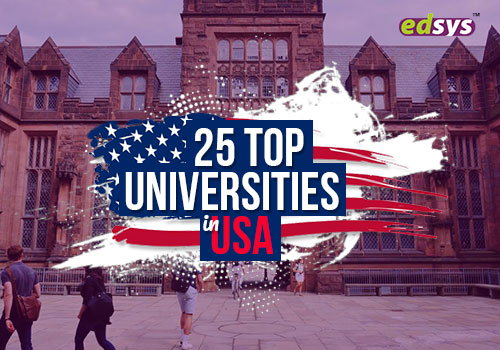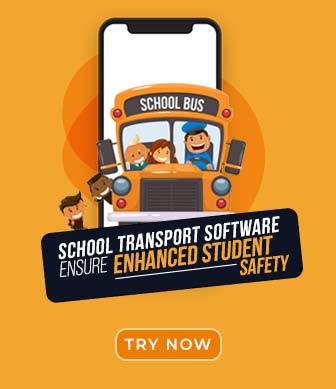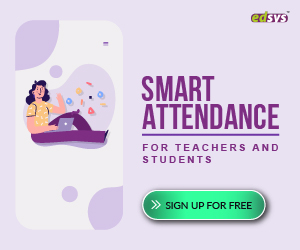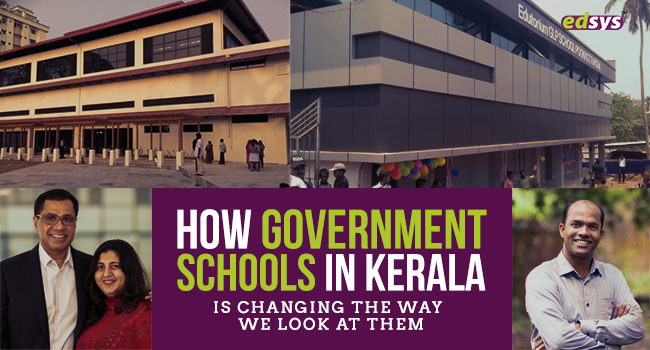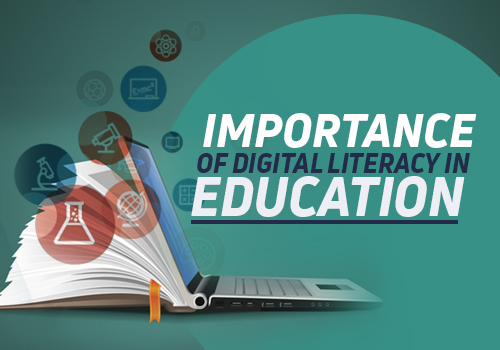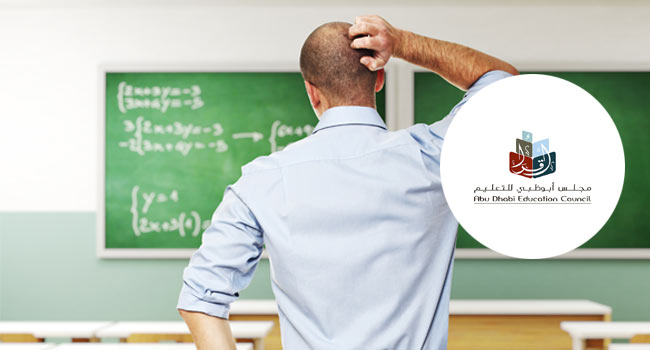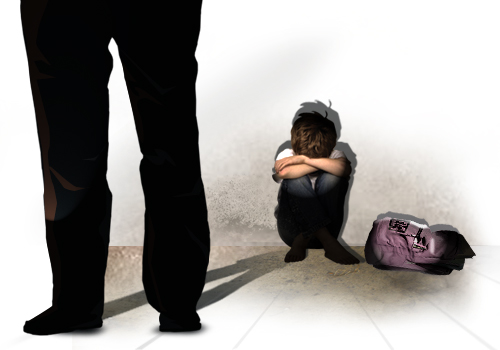The top universities in the world are decided by the rankings offered to them by accredited agencies like Forbes, Reuters, QS, Council for Education, etc. Rankings are also done by newspapers, magazines, business portals. The top universities in USA are ranked based on different sets of criteria adopted by the various ranking institutions.
The ranking is mostly done on the basis of the student size, academics, courses offered, research facilities, successful graduations, alumni strength, and demography.
The different agencies use different factors to rank. Besides ranking institutions, ranking can also be done for specific departments and programs at the different colleges within the university.
The accuracy and usefulness of the rankings depend on the factors used by the deciding agencies. Have a look at 25 best universities in USA listed below.
1. Massachusetts Institute of Technology (MIT)
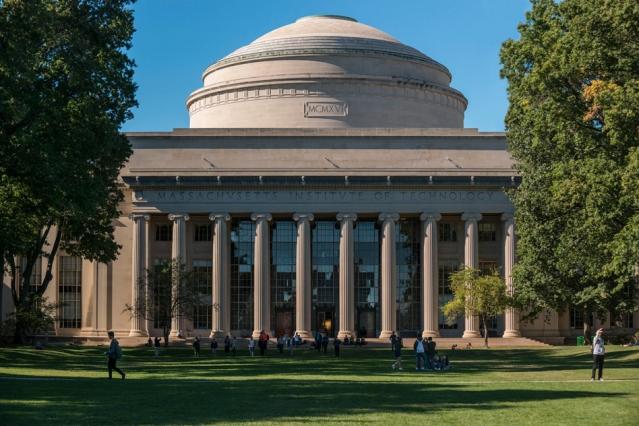
The institute founded in 1861 has always maintained top ranking among the top universities in the USA.
The university scores were high on international student ratio and citations per faculty.
Admission to the institute is competitive and highly selective. With an enrolment of 20000 students, they offer studies in Engineering, Management and Humanities, Arts and Social sciences.
2. Stanford University
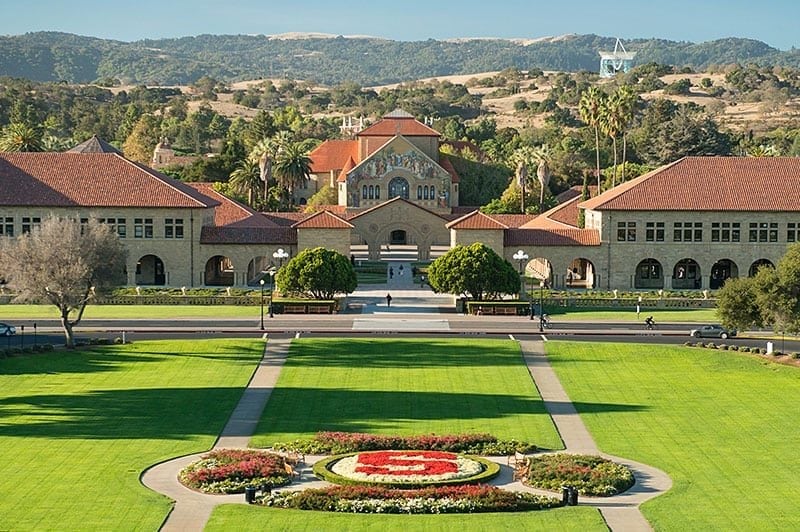
Founded in 1885, Stanford University is well known for the courses in business and entrepreneurial spirit. Student enrolment is around 20000. The admission process is selective.
They have a list of prestigious alumni which includes the founders of Youtube, Google, Whatsapp, and Netflix.
3. Harvard University

Established in 1636, the most prestigious and the oldest university excel in academics.
The university is renowned for its academic pedigree and is regarded as the topmost university in the world. The percentage of international students is very low.
The admission to this university is very selective and competitive. The university offers bachelor, master and doctoral programs in the study of Business, Medicine, and Law.
4. California Institute of Technology (Caltech)

The university founded in 1891 and located in Pasadena, California is a leading tech school.
The university occupies this rank due to the impact it makes on research and academics. The commendable ratio of citation per faculty and the excellent student to faculty ratios place this university on the top universities in USA.
5. University of Chicago
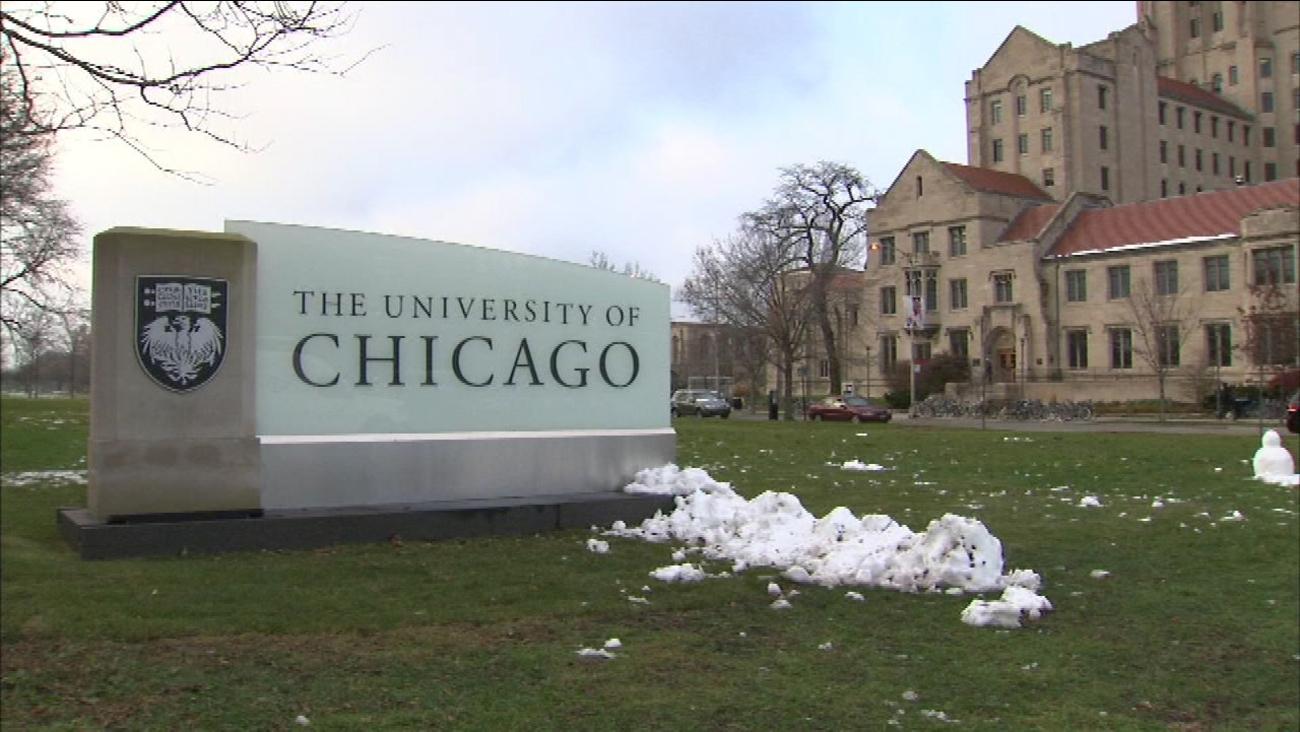
Established in 1890, the university’s physics department is acclaimed for the development of the world’s first self-sustaining nuclear reaction.
Also Read: 35 Top and Best CBSE Schools in India
The university focuses on research. It offers courses in bachelor, master and doctoral programs to around 20000 students.
6. Princeton University
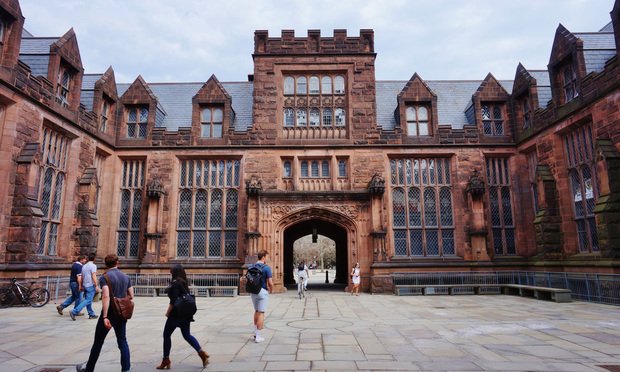
Established in 1746, the university is well known for the courses offered in Arts and Humanities.
The university is very strong in research and academics. Their ratio of students to faculty is not very impressive.
They offer graduate and postgraduate programs to a student population of 9000. Engineering and Applied sciences, Architecture, Public and International Affairs are the areas of study available at the university.
7. Cornell University
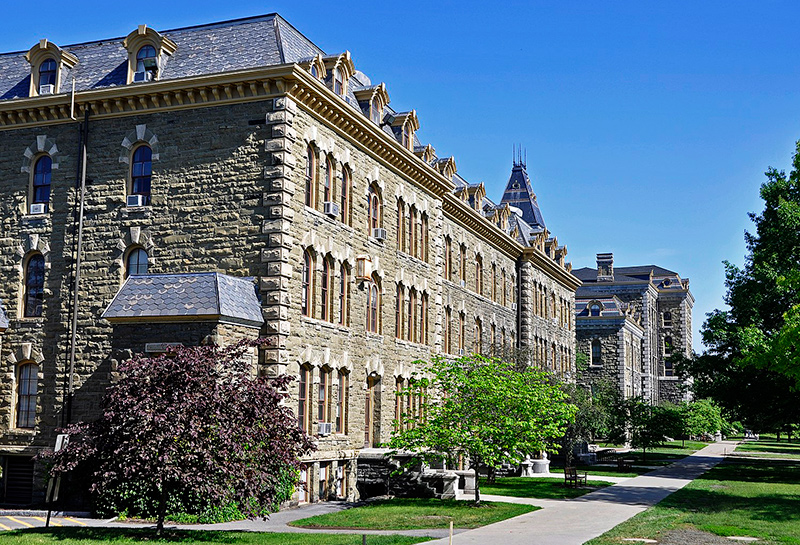
Established in 1865, at Ithaca, I was the first to award a degree in veterinary medicine. The university is currently the second in the world for the study of veterinary sciences.
The university excels in academics and is a great employer. With a student enrolment of 24000, the class sizes are larger than other universities.
8. University of Pennsylvania
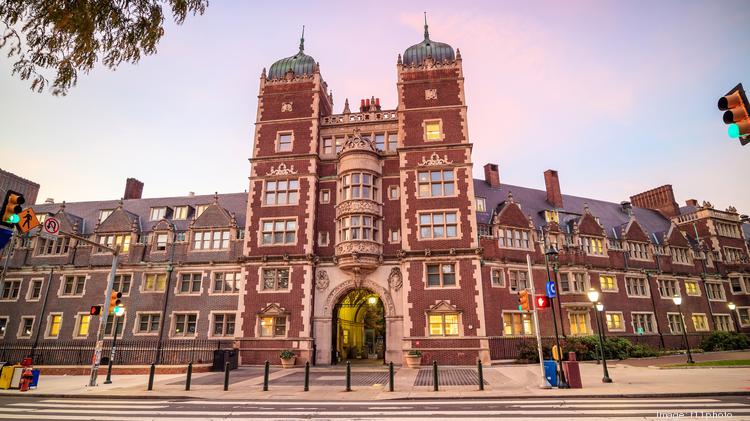
Established in 1740, the university is situated in Philadelphia. The university scores were high on its ratio of faculty to students, research output and the number of international faculty members.
The university offers pre-bachelor degrees-certificates, diplomas, foundation degrees, bachelor, master and postdoctoral programs to a student size of 30000. Engineering, Arts and Sciences, Dental Medicine, Veterinary Medicine, Nursing, Communication, and Law are the major areas of study offered.
9. Yale University
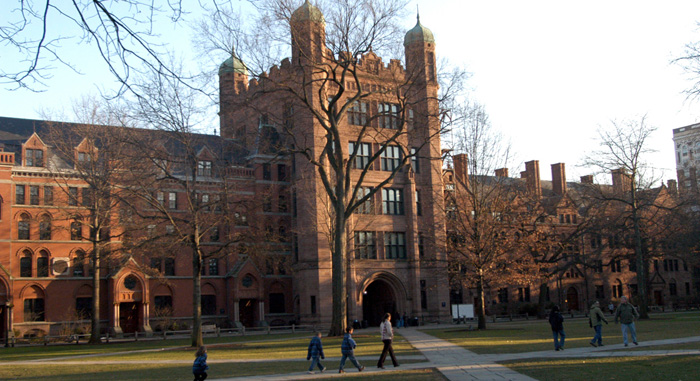
The university was established in 1701 and awarded the first Ph.D. in the US in 1861. The student to faculty ratio and excellence in academics places the university on a high ranking. Their Law school is much sought after.
10. Columbia University
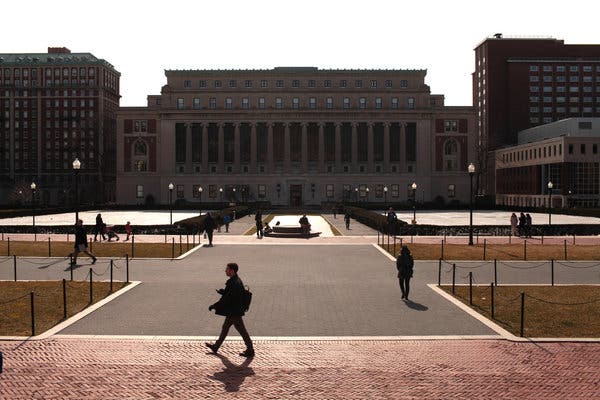
The university was established in 1754 in New York. The university scores are high on its ratio of students to faculty members.
With an enrolment of 30000 students, the university offers bachelor, master and doctoral programs.
The high student-faculty ratio places this university within the top universities in the USA. The university has produced prestigious alumni like Barak Obama, Franklin D Roosevelt, and Theodore Roosevelt.
11. University of Michigan, Ann Arbor
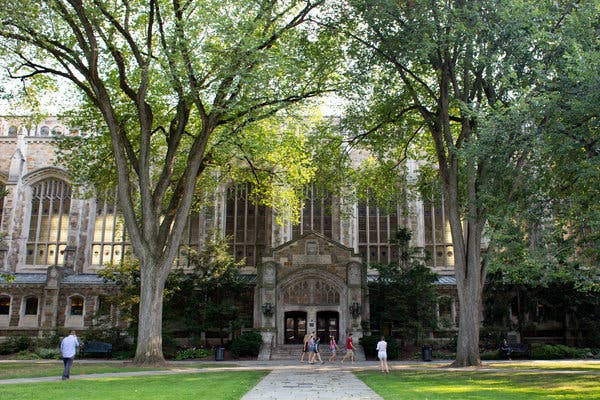
Founded in 1817, the university located at Ann Arbor concentrates on higher education degrees in masters’ and doctoral degrees. The student enrolment exceeds 45000.
The university conducts programs in engineering, medicine, law, business, theatre and dance, social work and education.
12. John Hopkins University
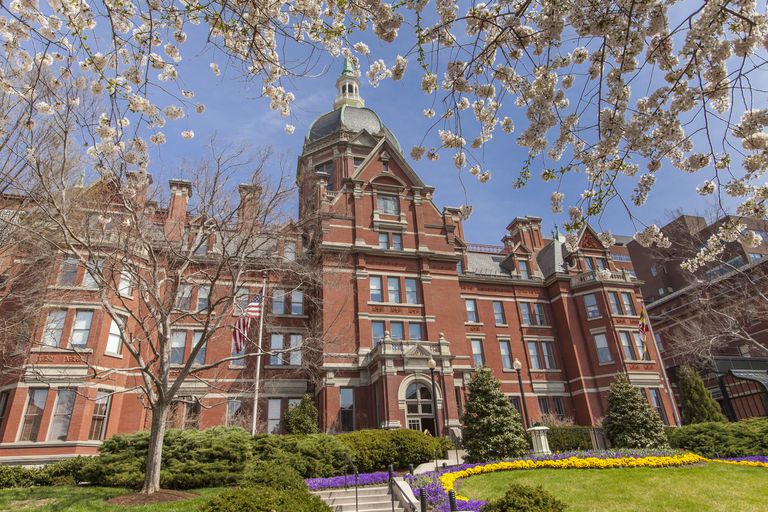
Established in 1876, John Hopkins is a research university in Baltimore, Maryland.
The university invests the most in research than any other university in the USA. John Hopkins’ alumni include 27 Nobel Laureates and also the US president Woodrow Wilson.
13. University of California, Berkeley

The university founded in 1868 has an enrolment of around 50000 students.
They offer undergraduate, postgraduate and doctoral courses in Engineering, Business, Environmental design, Natural resources, Journalism and Public Health.
14. Duke University

The university founded in 1838 is located in North Carolina. With the student strength of 20000, the university offers courses in Arts and Humanities, Medicine and Nursing, Law, Environment, Engineering, and Business.
15. University of California, Los Angeles
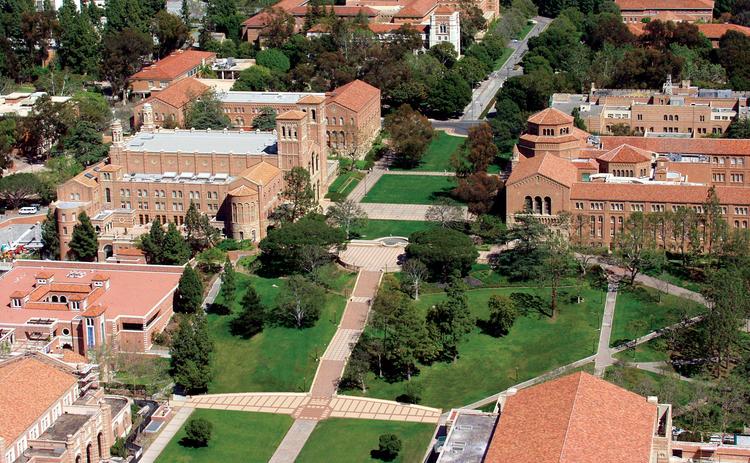
Founded in 1919, this university has branch campuses in Berkeley, San Diego, San Francisco, Santa Barbara, Davis, Irvine, Merced, and Riverside.
This institute with an enrolment of 50000 students offers courses in several areas of study. The high student to faculty ratio ranks the university within the top universities in USA.
16. Northwestern University

Established in 1851, the university is located at Illinois catering to a student population of 30000.
They offer pre-bachelor, bachelor, master and doctoral degrees in Medicine, Arts and Sciences, Journalism, Communications, Law, and Business.
17. New York University
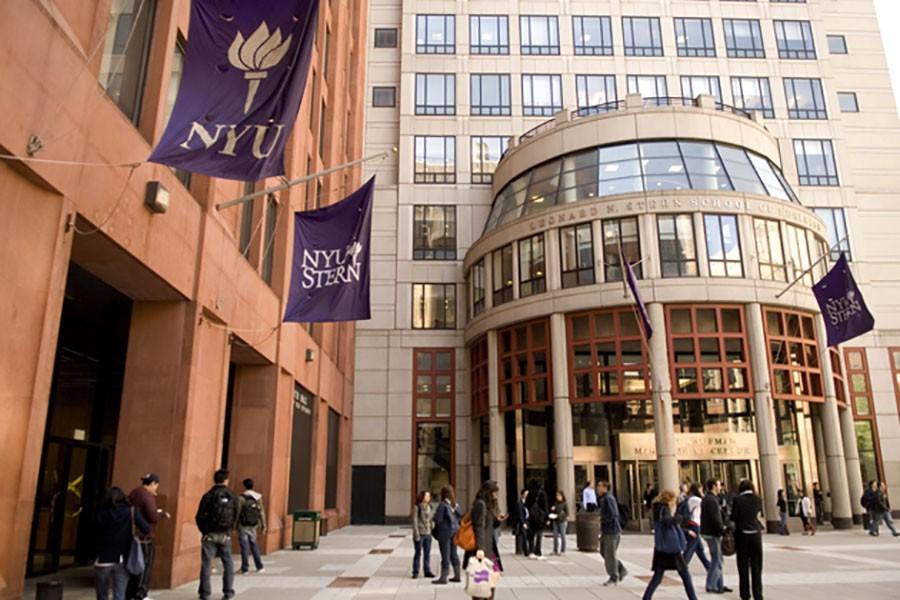
Established in 1831, the university has a student enrolment of 45000.
The university has international off-campus branches in Shanghai and Abu Dhabi.
The university offers pre-bachelor, graduate, master and doctoral programs in various areas of Medicine, Arts and Sciences, Dentistry, Fine Arts, Business and Law.
18. University of California, San Diego

Established in 1960, the University is the seventh oldest of the ten campuses of the University of California.
The university caters to a student size of 30000 and offers programs in Arts and Humanities, Biological Sciences, Engineering, Physical and Social Sciences.
The university is ranked high on the research output and student to faculty member ratio.
19. Carnegie Mellon University
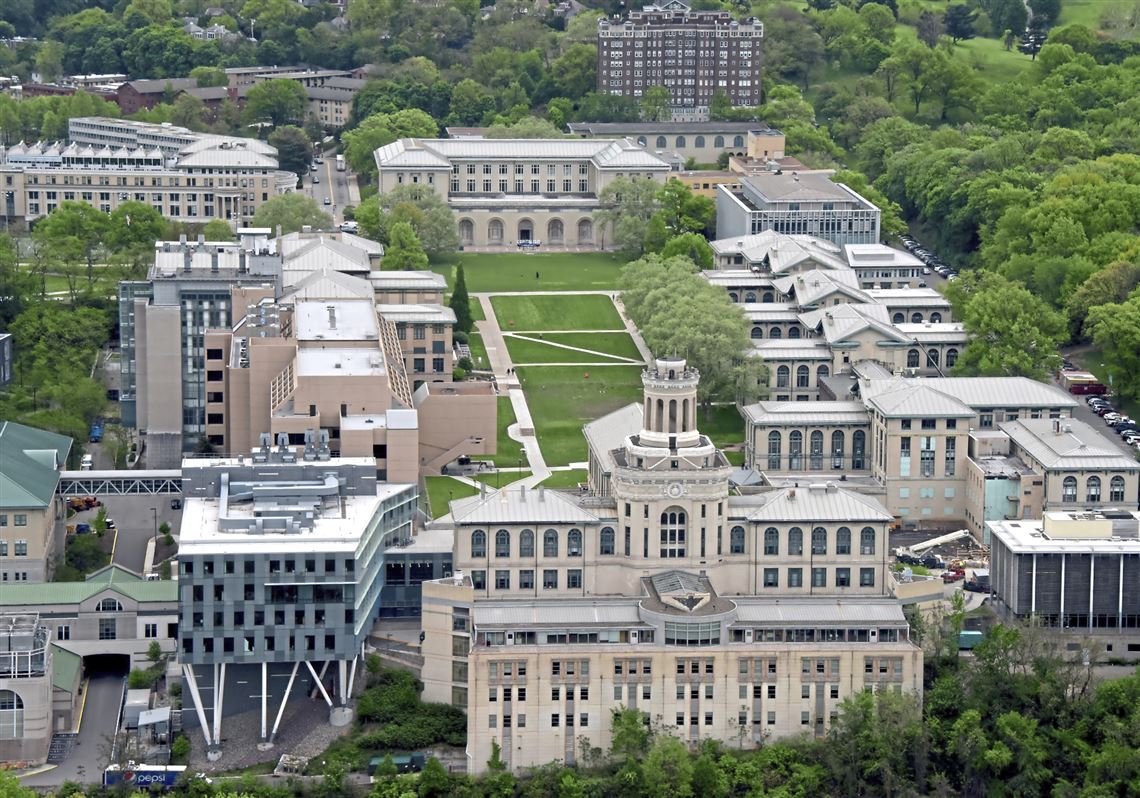
Founded in 1900 and located in Pittsburgh focuses on research. The university caters to 15000 students from 115 countries around the world.
The university has been ranked third in the world for computer science studies. It also features high on the list for operation research and statistics. They pioneered studies in the new fields like computational finance, cognitive sciences and information systems.
20. University of Wisconsin

This is a research university with a good reputation in academics and a high level of research.
The graduate employability rate is high.
They have an impressive alumnus on record. Geography, History, Agriculture and Forestry, Communication, Media Studies, Chemical Engineering, Education and Sociology are the major disciplines of study.
21. Brown University

Brown University is an Ivy League University located at Rhode Island founded in 1764.
Development studies, Economics and econometrics, and the English language and literature are the major areas of study offered by the university. It is a research-oriented institution aiming at sustainability and reduction of emissions.
22. The University of Texas at Austin
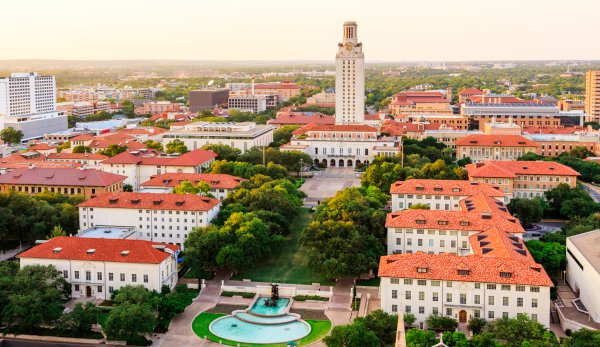
This University is home to around 50000 students. They are acclaimed for their study in communication and media.
The number of citations per faculty, academic reputation, and employer satisfaction is rated very high. Their student to faculty ratio is very poor. So is the number of international faculty members.
23. University of Washington

Established in 1861 at Seattle, the university focuses on undergraduate, postgraduate and doctoral programs. The university offers a mix of courses in Architecture and Urban Planning, Arts and Sciences, Ocean and Fishery Sciences, Public Affairs, Business, Nursing, Pharmacy, Social work, and Public Health.
24. Georgia Institute of Technology
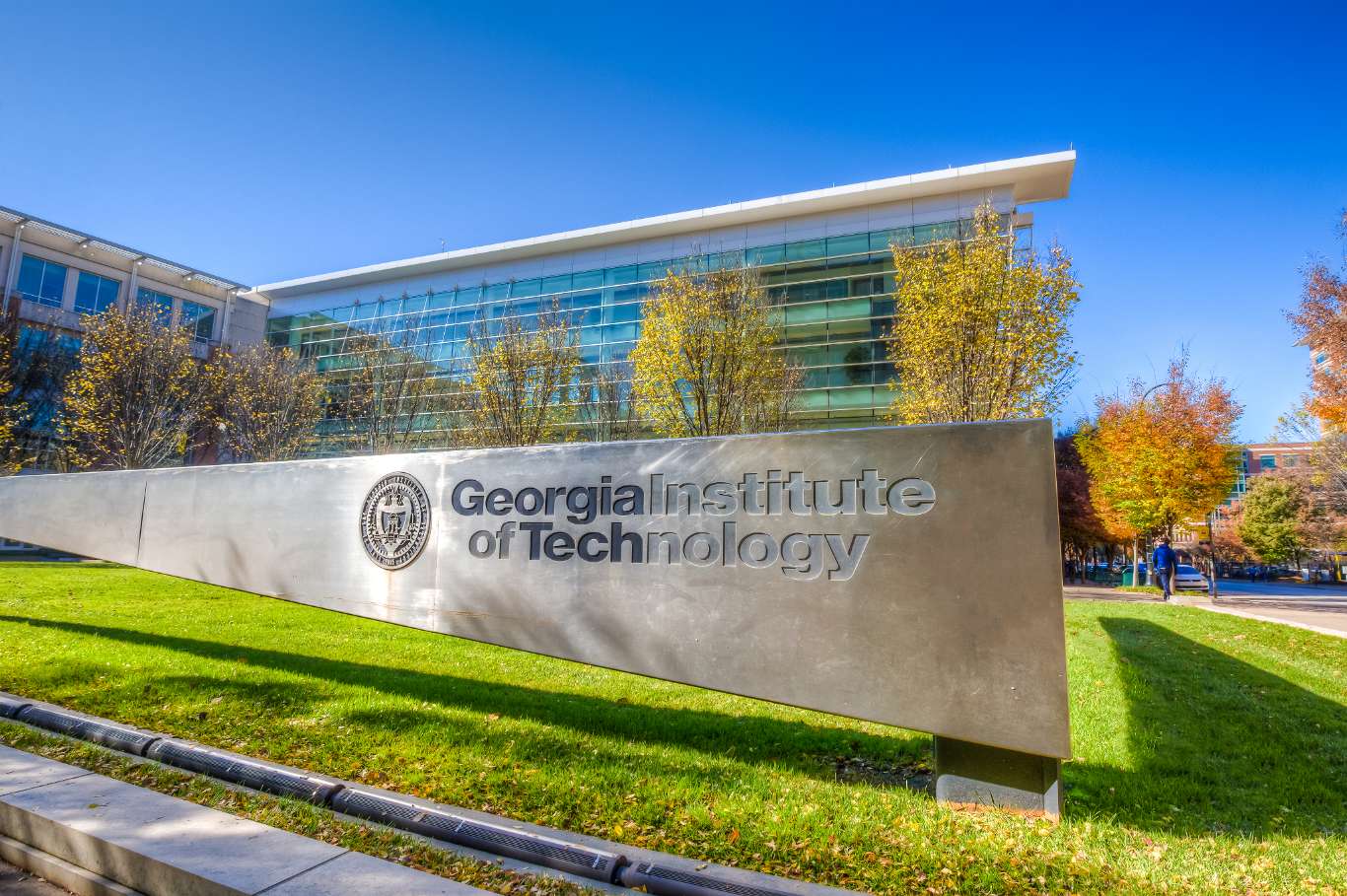
This institute based in Atlanta, Georgia is focused on science and technology research.
It has been ranked high on the academics, employer reputation and citations per faculty. International faculty members and international students are also high compared to other universities.
Their major streams – Statistics and Operational Research, Mechanical Engineering, Materials Science, Electrical and Electronic Engineering, Civil and Structural Engineering – are rated very high among the top 20 universities in the world.
25. University of Illinois
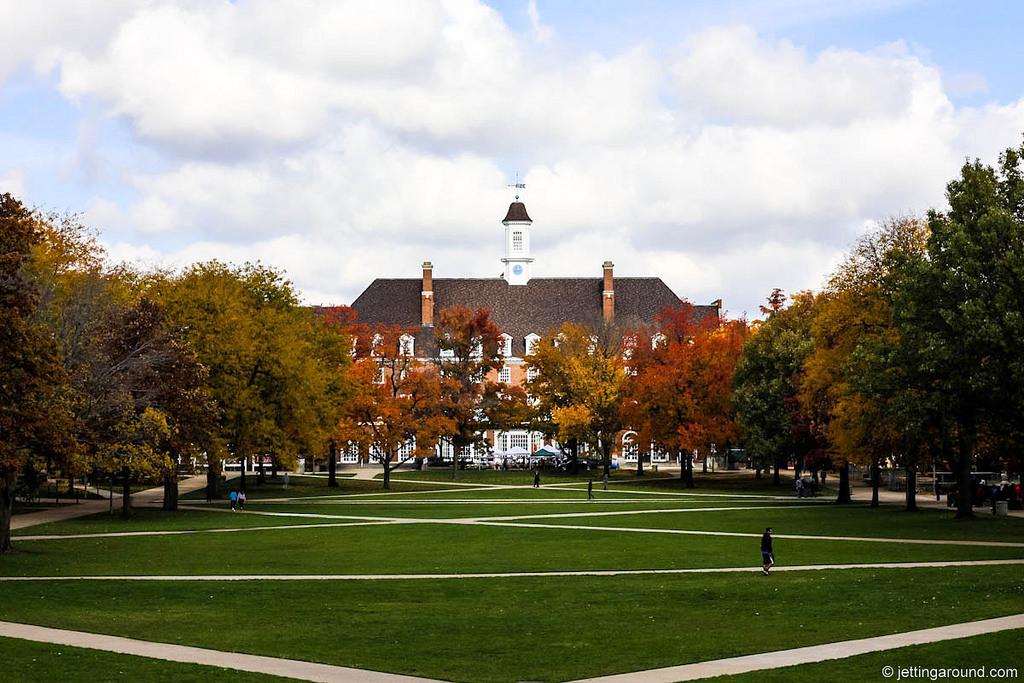
This University-based at Urbana Champaign is home to 45000 students.
The university is acclaimed for the studies in Computer Science and Information Technology, Civil, Structural, Electrical and Electronic Engineering, Psychology, Material Sciences, Agriculture and Forestry, Physics and Astronomy.
The academic reputation and citations per faculty place the university among the top universities in the USA.
The faculty to student ratio and the number of international faculty members is rather low.
The rankings can help students to choose a university compliant with their requirements.
The enrolment into each university is determined by the student’s past performance and prior grades. Admissions are selective and based on entrance examinations.
